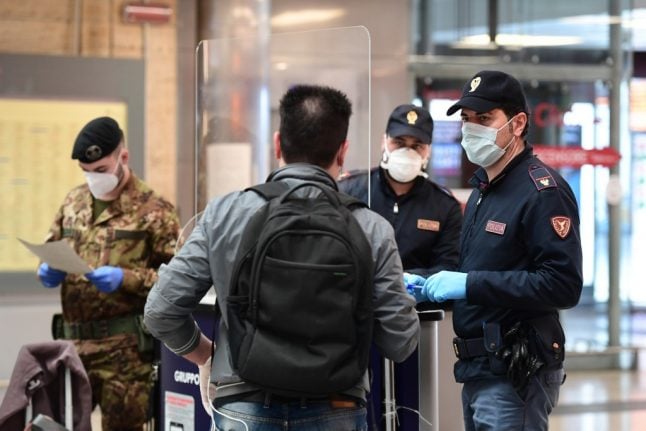Italy has been under national lockdown for almost two months, and you might think we should all know what the rules are by now.
But instead, confusion grows with every new emergency decree issued by the government.
As Italy entered phase two of its lockdown on Monday, May 4th, many people were still unclear about some of the changes to the rules following a somewhat vague announcement by the prime minister the previous Sunday.
While many people believed phase two meant an end to the lockdown, it is in fact only a slight easing of some of the rules. Many tight restrictions still remain, and this new phase is in many ways stricter than the initial lockdowns imposed by many Western countries.
READ ALSO:
Trying to find out what exactly had changed and what hadn't was made still harder by the fact that Italy's regional governments are adapting the national rules and bringing in their own additional measures on top.
As Italy adjusts to phase two, the staggered reopening has been complicated by the highly decentralised government system which allows the country's 20 regions to layer on their own rules.
The raft of new rules and regulations in each region became even more complex after a new decree in late March made it easier for regional governments to bring in their own rules.
Meanwhile, the Italian government repeatedly tightened the regulations since they were first announced on March 10th, before loosening them slightly on May 4th.
While trying to keep up with these rule changes, Italy's residents have also had to keep track of what their regional and city authorities are doing.
READ ALSO: Why the partial end of Italy's lockdown isn't as good as you'd imagine
Tuscany has relatively relaxed regulations under phase two, easing some restrictions further than recommended by the national government. Find the region's latest ordinance here.
Meanwhile many parts of the south, including Puglia and Molise, have imposed a mandatory 14-day quarantine rule for anyone entering the region, amid fears of an influx from the worst-hit northern areas after the national ban on travelling between regions to return home was lifted.
Lombardy, the region bearing the brunt of Italy's coronavirus emergency, has long had the toughest rules in place. Here are their latest offical updates.



 Please whitelist us to continue reading.
Please whitelist us to continue reading.
Member comments